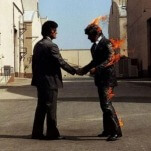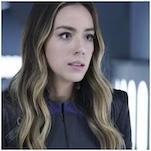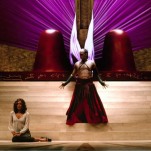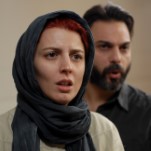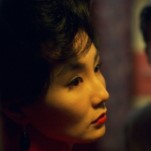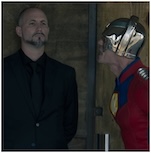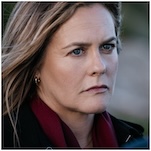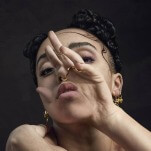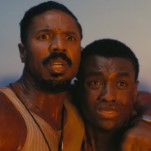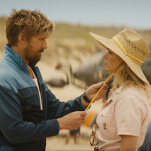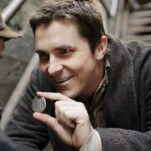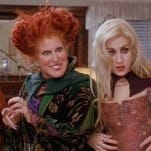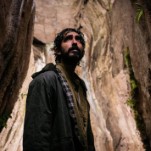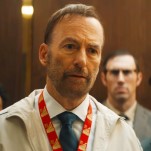Why Girl Meets World Needed To Become More Like Clarissa Explains It All
When Clarissa Explains It All first aired on Nickelodeon in 1991 it accomplished several firsts. For starters, it was the first television show starring a female protagonist on the network. It also marked a significant shift in terms of the network’s programming. Hey Dude had broadened the possibilities by becoming a live action hit, which let Nickelodeon explore options beyond cartoons, including Clarissa Explains It All, Salute Your Shorts and more.
Network execs had concerns about a female lead, worrying that it would ostracize male viewers, but the show quickly proved this wasn’t the case. Girls and boys tuned in to watch Clarissa (played by Melissa Joan Hart) get into and out of scrapes, learn lessons along the way, and look totally rad doing it all.
The narratives that children’s programming offered viewers throughout the 1990s spoke directly to the young audience. In one particular episode, Clarissa wants to make some money to buy a used Gremlin she finds in the paper, so she invests in a get rich quick scheme. She agrees to sell thousands of Christmas cards in July before realizing the fine print in the contract states she will owe one million dollars if she doesn’t sell every last one. It’s a hyperbolic scenario, sure, but it leads to talk of bankruptcy, house repossession and more. And Clarissa is only 12-years-old. Mind you, since Clarissa aired on Nickelodeon, it never wrapped up its story arc in an after-school special type of way. Still, the show’s underlying quirk and comedic tone allowed it to explore stories and issues related to its younger audiences, without dumbing those things down.
Nearly 25 years later, Girl Meets World begins airing on the Disney channel, and aimed to reboot the popular Boy Meets World sitcom, which began airing in 1993 as part of ABC’s TGIF line-up. Bringing back Cory and Topanga as parents, the show follows their daughter Riley (played by Rowan Blanchard). Like her father, Riley faces a confusing world filled with new lessons and formidable challenges as she comes into her own, transitioning from childhood to becoming a young woman.
Girl Meets World aims itself towards a similar audience, age-wise, as Clarissa’s: pre-teens who occupy that space in between childhood and full-fledged teenagedom, where identities are still forming, angst crackles beneath the surface, but hasn’t overwhelmed things yet a la My So-Called Life. It’s a space where elements like family and friends, school and life can be equal parts confusing and embarrassing.
Where Clarissa is a strong, independent girl at the ripe old age of 12 at the start of the series, Riley at 12 is still figuring things out. This is a good thing. For viewers at home who are still figuring out their place in the world Riley offers a compass of sorts onscreen, because her insecurities, quirks and mannerisms are a necessary addition to children’s programming. In today’s world, where identity has become a more fluid notion and things like self-confidence are never an overnight acquisition, her character has great potential to help viewers find their own voice.
-

-

-

-

-

-

-

-

-

-

-

-

-

-

-

-

-

-

-

-

-

-

-

-

-

-

-

-

-

-

-

-

-

-

-

-

-

-

-

-

